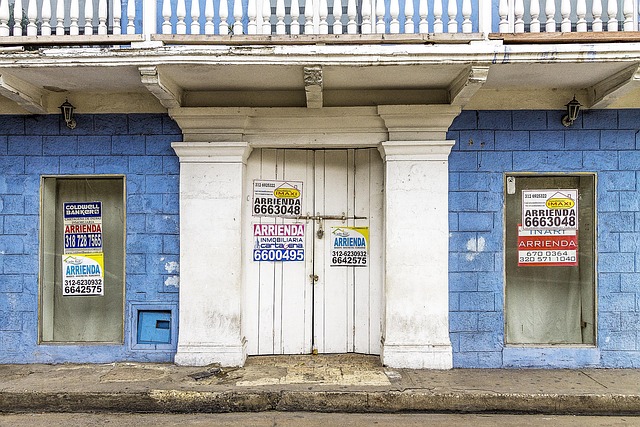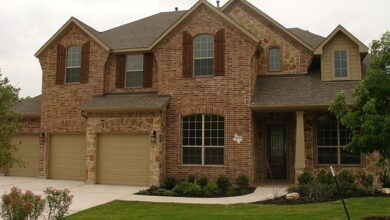How to Protect Your Home from Natural Disasters with Insurance in Canada

Canada is known for its breathtaking landscapes and diverse climate, but this natural beauty also comes with risks. From wildfires and floods to earthquakes and severe storms, natural disasters pose significant threats to homeowners across the country. While you can’t control the weather, you can take steps to protect your home and finances by ensuring you have the right insurance coverage. In this article, we’ll explore how to safeguard your home from natural disasters through proper insurance planning.
Understanding Natural Disaster Risks in Canada
Before diving into insurance options, it’s important to understand the types of natural disasters that are most common in Canada:
- Floods:
Flooding is one of the most frequent and costly natural disasters in Canada. It can result from heavy rainfall, snowmelt, overflowing rivers, or sewer backups. - Wildfires:
Particularly prevalent in Western Canada, wildfires can destroy homes and force evacuations. Climate change has increased the frequency and intensity of these events. - Earthquakes:
While less common than other disasters, earthquakes are a serious risk in regions like British Columbia and parts of Quebec. Even minor quakes can cause structural damage. - Severe Storms:
Tornadoes, hailstorms, and windstorms can wreak havoc on homes, causing roof damage, broken windows, and fallen trees. - Landslides and Avalanches:
These occur in mountainous areas and can destabilize homes built on slopes or near cliffs.
Each region faces unique risks, so it’s essential to assess the specific threats in your area when choosing insurance.
Standard Home Insurance vs. Additional Coverage
Most standard home insurance policies in Canada cover certain perils, such as fire, theft, and vandalism. However, many natural disasters are excluded unless you purchase additional coverage. Here’s what you need to know:
What’s Typically Covered?
- Fire Damage: Wildfires are usually covered under standard policies.
- Wind and Hail Damage: Most policies include protection against windstorms and hail.
- Lightning Strikes: Damage caused by lightning is typically covered.
What’s Not Covered?
- Floods: Overland flooding (water entering your home from rivers, lakes, or heavy rain) is not included in standard policies.
- Earthquakes: Earthquake coverage must be added as an endorsement or purchased separately.
- Sewer Backups: This requires additional coverage, even though it’s a common issue during heavy rains.
- Landslides and Avalanches: These are generally excluded unless specifically added.
To ensure comprehensive protection, you’ll likely need to enhance your policy with optional endorsements or specialized plans.
Steps to Protect Your Home with Insurance
Here’s how to prepare your home and secure adequate insurance coverage for natural disasters:
1. Assess Your Risk
Research the natural disaster risks in your area. Consider factors such as proximity to bodies of water, wildfire-prone zones, fault lines, or storm paths. Local government websites and emergency management agencies often provide valuable information.
2. Review Your Current Policy
Carefully examine your existing home insurance policy. Look for:
- Exclusions related to natural disasters
- Coverage limits for specific perils
- Deductibles for disaster-related claims
If your policy lacks sufficient coverage, contact your insurer to discuss adding endorsements or upgrading your plan.
3. Add Flood Insurance
Overland flood insurance is now available from many insurers in Canada, especially in high-risk areas. This coverage protects against water damage caused by rising rivers, lakes, or torrential rain. Note that basement flooding due to sewer backups requires separate coverage.
4. Purchase Earthquake Insurance
If you live in an earthquake-prone region, consider adding earthquake insurance. This endorsement covers damage to your home and belongings, as well as additional living expenses if you’re displaced. Keep in mind that deductibles for earthquake coverage are often higher than for other perils.
5. Include Sewer Backup Coverage
Sewer backup coverage is relatively affordable and highly recommended, especially in areas prone to heavy rainfall or snowmelt. It protects against water damage caused by backed-up sewers or drains.
6. Increase Your Coverage Limits
Ensure your policy provides enough coverage to rebuild your home and replace your belongings. Reassess the replacement cost of your home periodically, as construction costs can rise over time.
7. Bundle Policies for Savings
Some insurers offer discounts if you bundle home and auto insurance or add multiple endorsements. Take advantage of these savings while ensuring comprehensive protection.
8. Work with a Knowledgeable Broker
An experienced insurance broker can help you navigate complex policies and find the best coverage for your needs. They can also compare quotes from different providers to ensure you get competitive rates.
Additional Ways to Mitigate Risks
While insurance is critical, it’s only one part of protecting your home. Combine it with proactive measures to reduce your vulnerability to natural disasters:
- Flood Prevention:
- Install sump pumps and backflow valves.
- Elevate electrical systems and appliances above potential flood levels.
- Clear gutters and downspouts regularly to prevent water buildup.
- Wildfire Preparedness:
- Use fire-resistant materials for roofing and siding.
- Create a defensible space around your home by removing dry vegetation and debris.
- Store flammable items away from the house.
- Earthquake Safety:
- Secure heavy furniture, appliances, and electronics to walls.
- Reinforce your home’s foundation and anchor it properly.
- Keep emergency supplies, such as food, water, and flashlights, readily available.
- Storm Readiness:
- Trim trees near your home to prevent falling branches.
- Install storm shutters or reinforced windows.
- Develop an evacuation plan and stay informed about weather alerts.
Government Assistance Programs
In the event of a major disaster, federal and provincial governments may offer financial assistance. For example:
- The Disaster Financial Assistance Arrangements (DFAA) program provides support for recovery efforts when damages exceed local resources.
- Some provinces have their own disaster relief funds.
However, government aid is often limited and doesn’t replace the need for personal insurance. Relying solely on public assistance can leave you underinsured and financially vulnerable.




